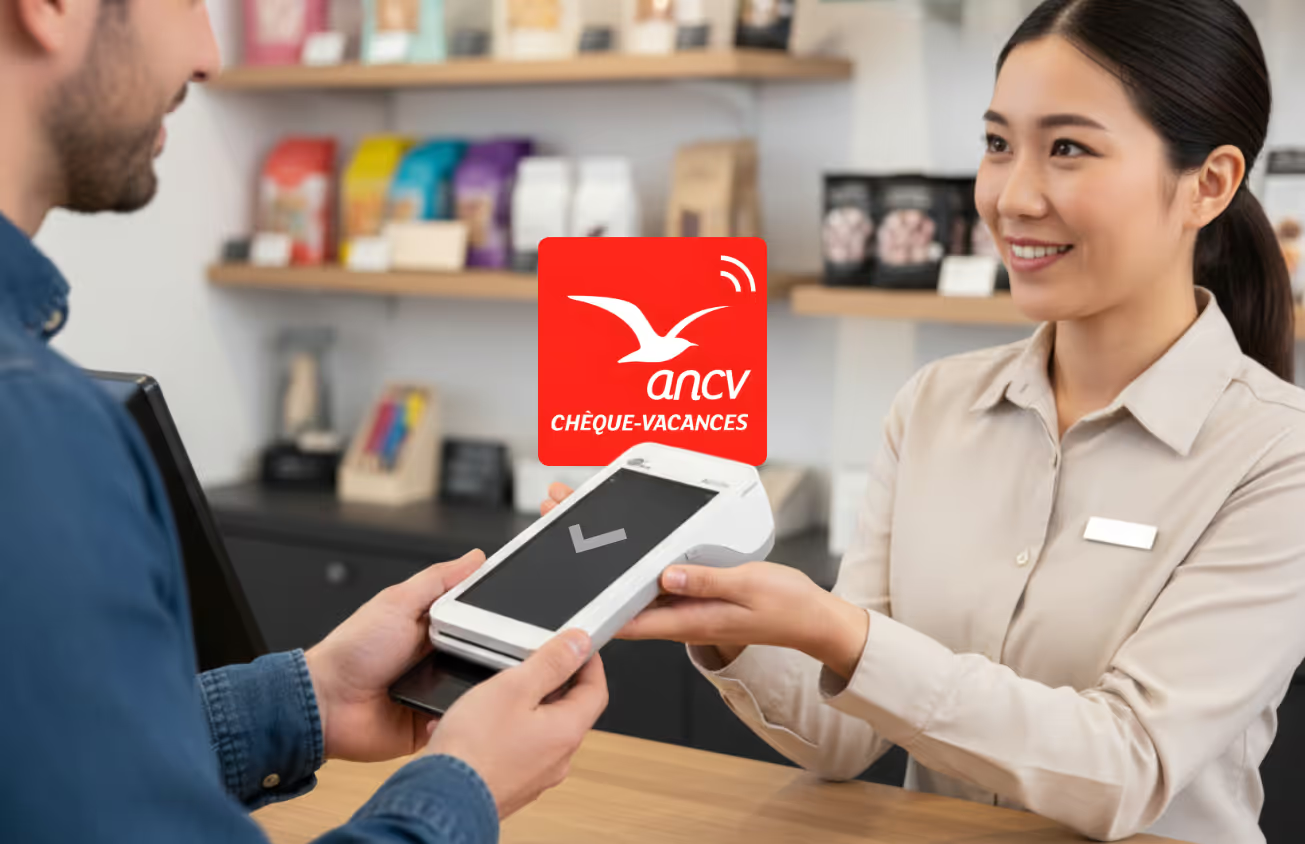Introduction
What is an electronic payment terminal?
The electronic payment terminal (EPT) is an essential piece of equipment for any retailer wishing to accept credit card payments. It provides a fast, secure solution for customers, facilitating day-to-day transactions.
Why is a POS terminal essential today?
With changing consumer habits, cash payments are on the decline, and Eftpos terminals are becoming essential for businesses wishing to meet customer payment expectations.
>> Purpose of this article
The aim of this guide is to help merchants better understand the types of Eftpos terminals available, the selection criteria to be considered and the associated costs, in order to make a choice suited to their needs.
The different types of VSE
1. TPE fixed
Description: Ideal for sedentary businesses such as stores or restaurants. It stays in place, often connected by a cable.
Advantages: Stable connection, no need to move it, long service life.
Disadvantages : Limited mobility, not suitable for mobile businesses.
2. TPE mobile
Description: Operates via Wi-Fi or 4G connection, ideal for mobile businesses such as food trucks or markets.
Benefits: Flexibility and mobility, ideal for frequent travel.
Disadvantages : Connection sometimes less stable, depends on network coverage.
3. Virtual VSE
Description: Online payment solution without physical hardware, perfect for service companies or e-commerce.
Benefits: Low cost, no clutter, fully digital transactions.
Disadvantages : Limited to online transactions, not suitable for face-to-face payments.
Type of VSE, Advantages and Disadvantages
TPE fixed: pluses: stable, robust connection. Minus: Reduced mobility
TPE mobile: Pros: Mobility, wireless connection. Minus: Network dependency
TPE virtuel: Pros: Low cost, no hardware. Minus: Limited to online transactions.
Criteria for choosing a VSE
1. Business volume
A business with a large number of daily transactions might opt for a fast, robust VSE, while a more occasional activity might be happy with a less expensive model.
2. Accepted card types
Make sure that the EFTPOS terminal accepts the most common cards (CB, Visa, Mastercard), as well as international cards if requested by your customers.
3. Additional features
Options such as contactless payment, electronic signature or even tip management can add value.
4. Ease of use
Choose an intuitive TPE to save time in training and avoid errors at the checkout.
5. Safety
Choose a TPE that complies with the latest security standards (such as PCI-DSS) to ensure your customers' data is protected.
The costs associated with a VSE
Cost of acquiring a VSE :
- TPE fixe : Simple models generally start at around €100, and can go up to €400 formore advanced models. e-SIM activation can be included to ensure constant connectivity without a physical SIM card.
- TPE mobile: These are often a little more expensive because of their portability. Prices generally range from €250 to €500, depending on features and whether or not e-SIM activation is included.
- Virtual TPE : Unlike physical TPEs, virtual TPEs are often less expensive, available for as little as a few euros, but they don't require e-SIM activation as they operate via online platforms.
Info: e-SIM activation offers a practical solution for maintaining a stable and secure network connection for your POS terminal, which can be crucial to the smooth running of your transactions. Be sure to check this option when choosing your payment terminal to meet the specific needs of your business.
Recurring costs :
- Transaction fees: A percentage per transaction, often between 1.5% and 3%.
- Subscription fees: Vary from €0 (with higher commissions) to several dozen euros per month.
- Rental costs: Allow between €15 and €50 per month, depending on the model.
Case in point:
Let's take the case of a small business with a simple fixed VSE. The purchase cost is €200. With transaction costs of 2%, a sale of €100 will bring in €98 after deductions. A monthly subscription of €20 should also be included in the fixed costs.
Factors influencing costs :
- Supplier: Prices can vary considerably depending on the supplier.
- Features: The more advanced the TPE, the higher the cost.
- Business volume: For high volumes, it is possible to negotiate advantageous conditions.
- Card type: Fees may vary depending on the card used (CB, Visa, etc.).
Cost-cutting tips :
- Compare offers: Request several quotes to compare services.
- Negotiate: High volumes often justify lower prices.
- Choosing the right features: Focus on those that deliver real value.
- Optimize payments: Incentivize customers to pay contactless for reduced fees.
How do I choose my VSE supplier?
1. Selection criteria
Choose suppliers with a reputation for customer service, competitive rates and the quality of their VSEs.
2. Questions to ask a supplier
- What features are included?
- What are the hidden or additional costs?
- What technical support is available in the event of a problem?
Easytransac offers a complete payment platform with payment terminals suitable for businesses of all sizes. Prices are competitive, ranging from €290 to €400 .
What's more, Easytransac offers an attractive rate from 0.55% with no commitment. They also stand out for their integrated cash register software and advanced features such as contactless payment and intuitive transaction management.
With Easytransac, you benefit from dedicated customer support and a secure, standards-compliant payment solution.
Conclusion
In short, when it comes to choosing an Eftpos terminal, you need to carefully consider the type of device, its features and security, as well as the associated costs, in order to make an informed decision.
Practical tips:
Compare the different offers available on the market, select the functionalities that are essential to your business, and don't hesitate to ask for advice to maximize the efficiency of your VSE.
By following these recommendations, you'll be able to choose the ideal TPE to meet your company's specific needs, while guaranteeing an optimal customer experience. To find out how Easytransac can help you, contact us today.





